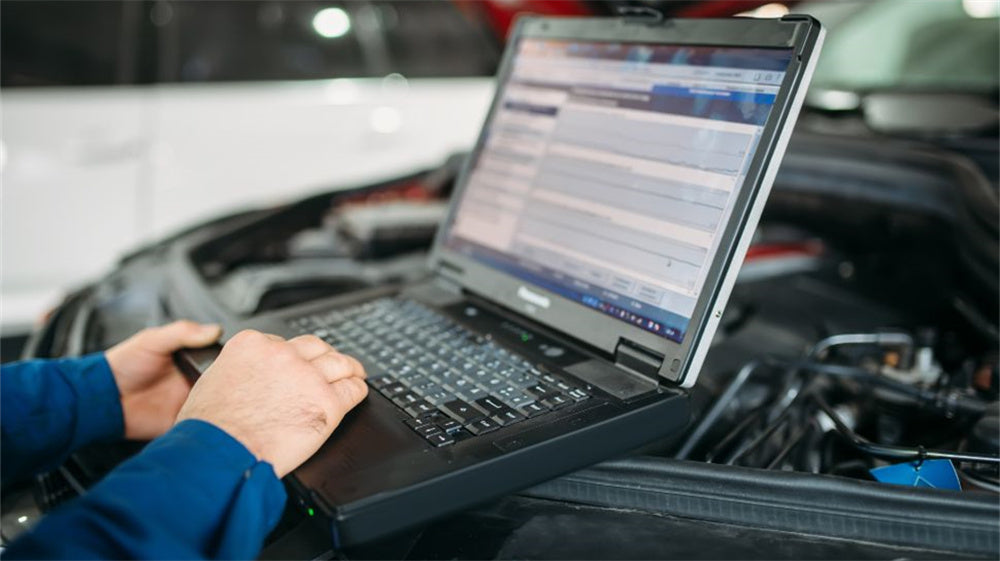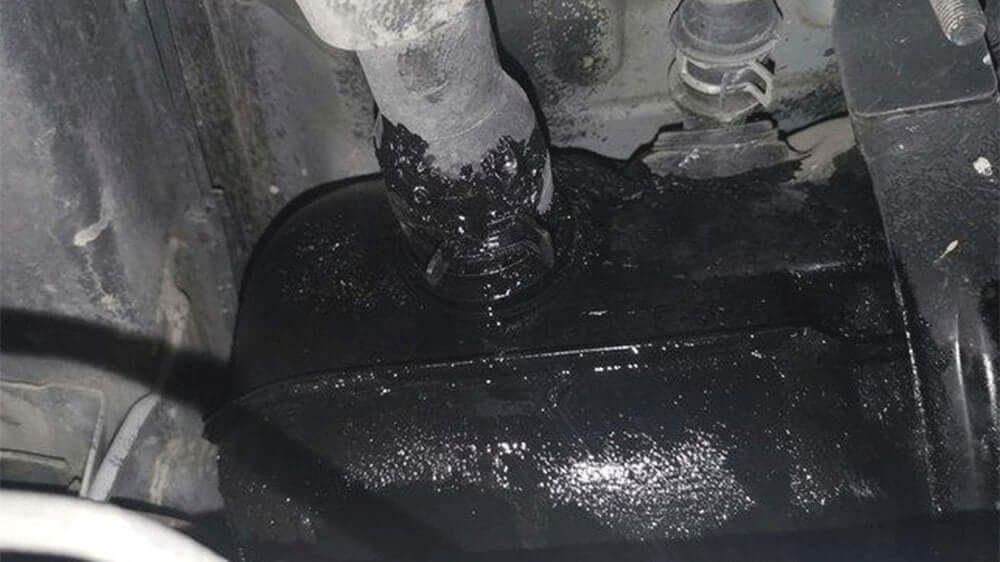
What Does An Evaporative Emission Control (EVAP) System Work
Automobile pollution includes fuel vapors, emissions from ventilation systems, and exhaust gases from the engine. Among these, fuel evaporation is considered a significant source of pollution and needs to be properly controlled. This is because fuel evaporation not only consumes a considerable amount of fuel but also leads to waste and pollution. Today, let's dive into the principles behind the Evaporative Emission Control System (EVAP).
1—what is evap system?
The EVAP system works by capturing gasoline vapors from the fuel tank and storing them in a charcoal canister. These vapors are then directed into the intake manifold at the appropriate time, allowing them to be burned in the engine cylinders. This process prevents the release of harmful vapors into the atmosphere while conserving fuel.

2—Structure and Working Principle of the EVAP System

The system comprises a charcoal canister, a canister purge valve, connecting hoses, and an ECU. When the engine is off or idling, the ECU keeps the purge valve closed, trapping the fuel vapors in the charcoal canister. As the engine runs at medium to high speeds, the ECU opens the purge valve. The negative pressure created between the intake manifold and the atmosphere draws fresh air through the bottom of the canister, allowing it to pass through the charcoal. The gasoline vapors absorbed by the charcoal are then carried into the intake manifold through vacuum hoses, where they are burned in the engine. This process restores the charcoal's ability to absorb more vapors. Since the engine intake is high during this phase, the small amount of fuel vapor doesn't affect the air-fuel mixture. When engine conditions change, the ECU adjusts the duty cycle of the pulse signal sent to the purge valve, thereby controlling the valve's opening.
3—Common Problems with the Charcoal Canister and Precautions
Let's explore some common problems related to the charcoal canister and what drivers should watch out for to minimize issues caused by the EVAP system:
I.Unusual Noises While Driving:
When the engine is running (other than at idle), you might hear a "clicking" noise from time to time. If this happens, don't panic. The first thing to do is locate the canister purge valve and see if the noise is coming from there. If it is, there's no need to worry—this is a normal occurrence, as the purge valve makes intermittent switching sounds when the throttle is open.

Stalling and Strong Fuel Smell in the Cabin:
If the vehicle stalls when you press the accelerator and there's a strong gasoline odor inside the cabin, check if there’s any damage to the hoses in the canister system. A leak will allow fuel vapors to escape directly into the atmosphere, causing the smell. If the hose is leaking, the engine will receive air instead of fuel vapor, making the air-fuel mixture too lean, leading to intermittent stalling.

Irregular Idle Speed and Weak Acceleration:
If the engine’s idle speed fluctuates and acceleration is weak after starting, check whether the air inlet or filter of the charcoal canister is blocked. In such cases, external air can't enter the canister easily, and the lack of fresh air inside means that the fuel vapors absorbed by the charcoal are drawn into the intake manifold during idle, making the mixture too rich. The oxygen sensor will detect this and signal the ECU to reduce fuel injection. This fluctuation in air-fuel ratio results in irregular idle speeds. Make sure to check the air inlet of the canister if you experience this issue.

Engine Stalling or Difficulty Starting:
At this point, the problem might lie with the canister purge valve. If the valve remains closed, fuel vapors will continue to accumulate in the canister until it’s full, causing the excess vapors to escape into the atmosphere, wasting fuel and polluting the environment. Conversely, if the valve stays open, the intake mixture will remain rich, potentially causing the engine to stall when hot and making it hard to restart.

Avoid Overfilling or Refueling Too Quickly:
Drivers should avoid overfilling the fuel tank and should slow down when nearing full capacity. Overfilling can cause liquid fuel to enter the canister system's hoses, which can damage the canister and lead to fuel flooding into the intake manifold, possibly causing engine misfire or even preventing the car from starting. Refueling too quickly can also cause fuel vapor to escape if it doesn’t have time to vent properly, leading to fuel spillage.
Conclusion
By understanding the charcoal canister and the EVAP system, drivers can take preventative measures to avoid improper use. Additionally, knowing the symptoms of related issues can help with self-diagnosis and confident handling of any problems.















































































